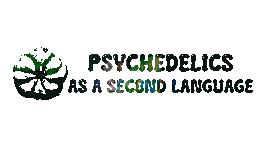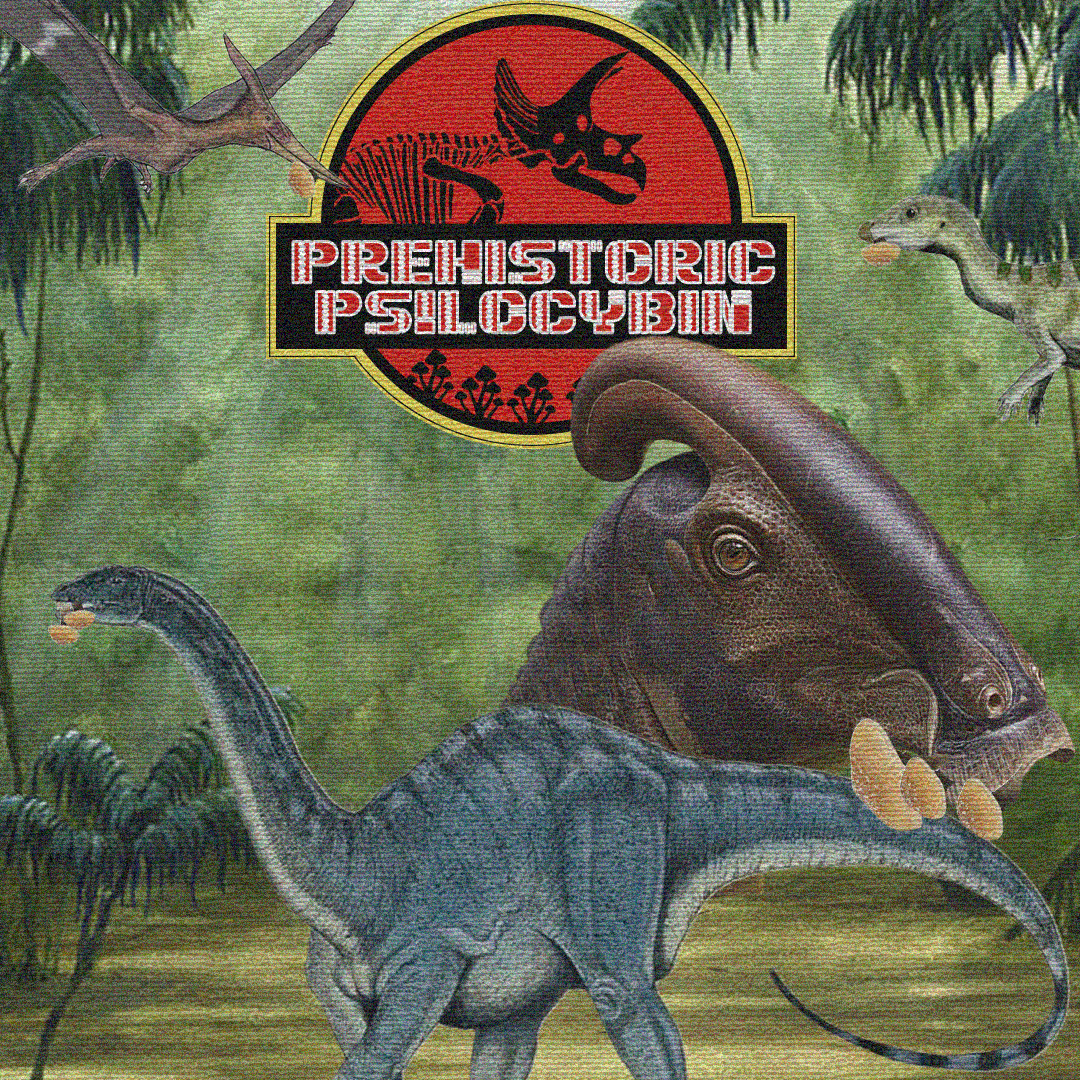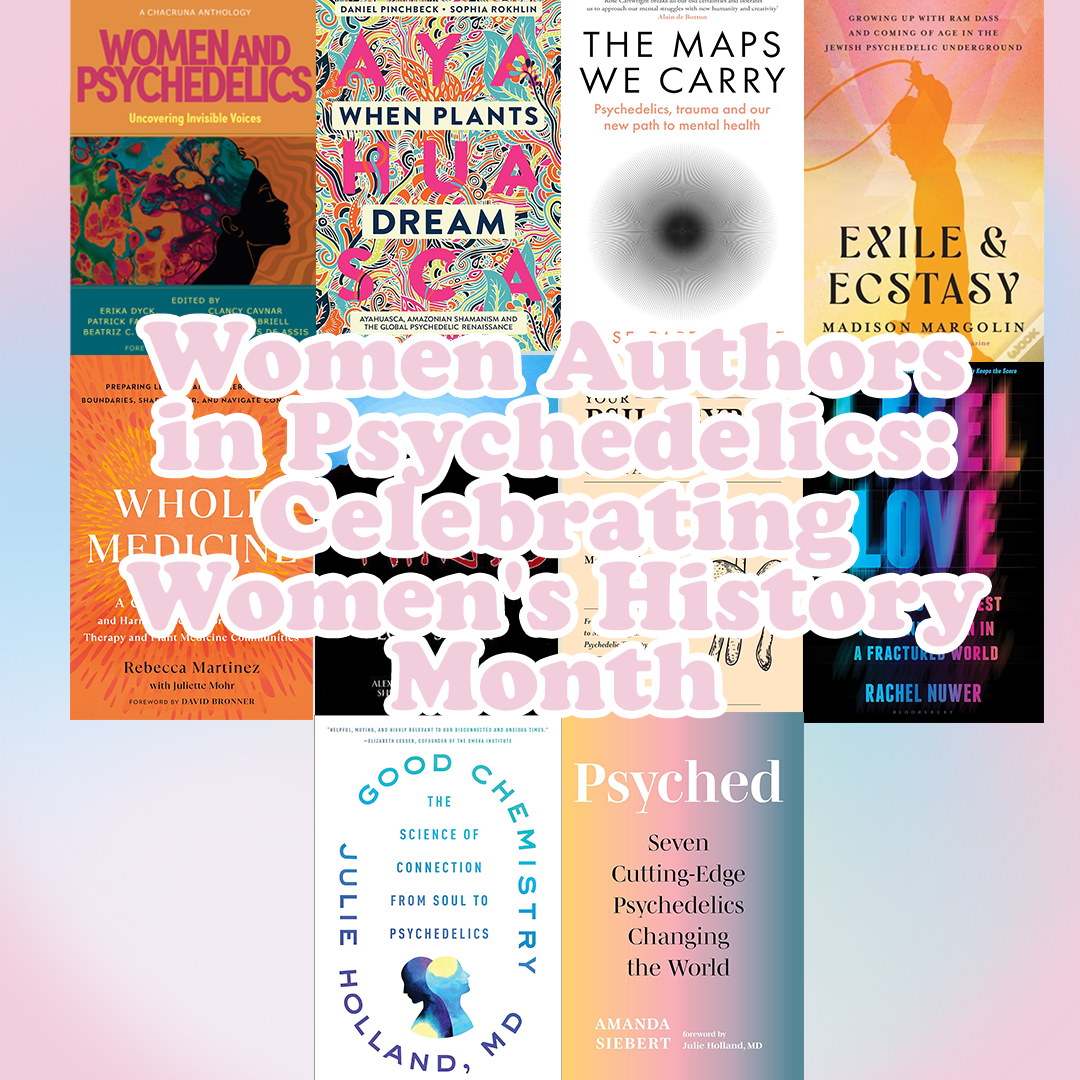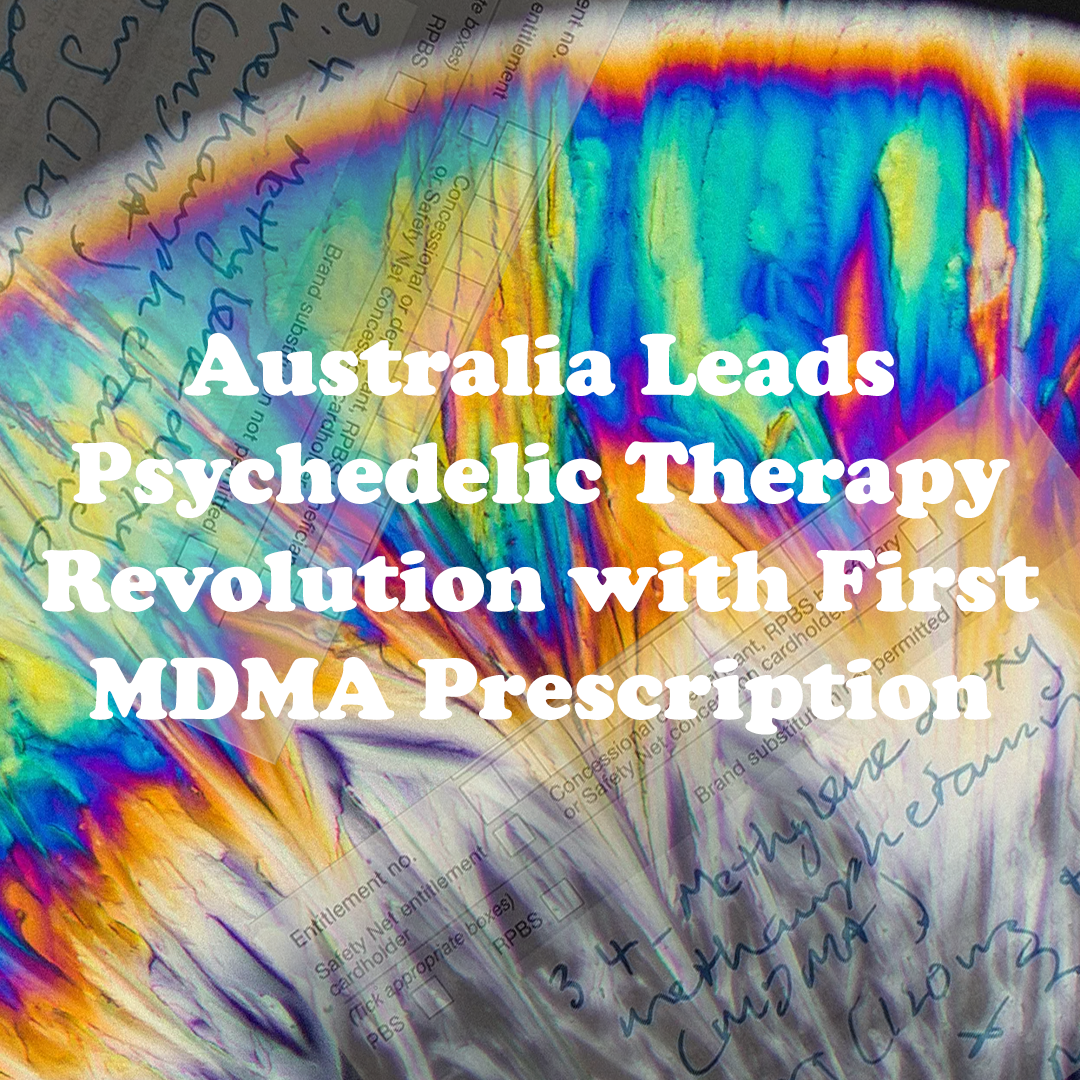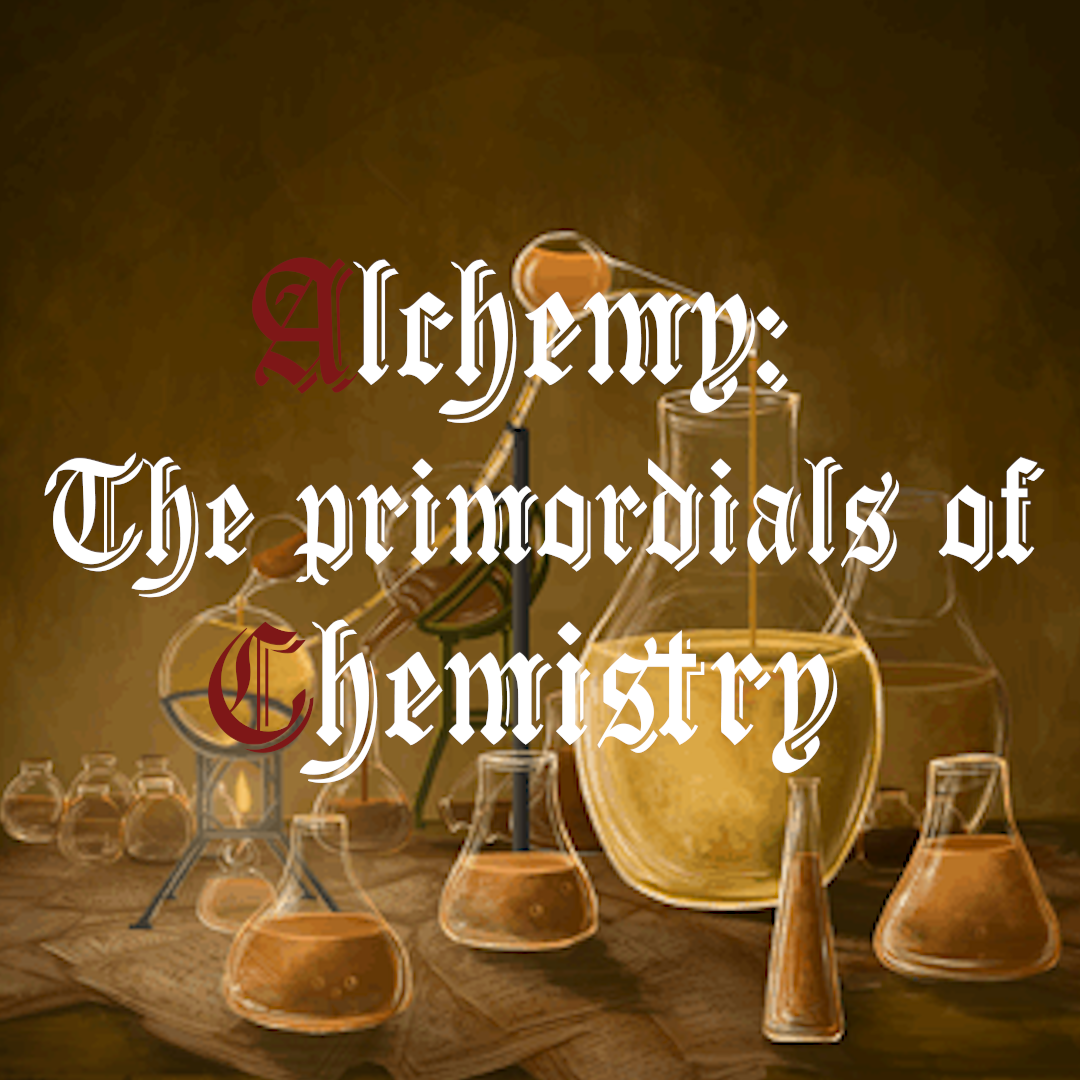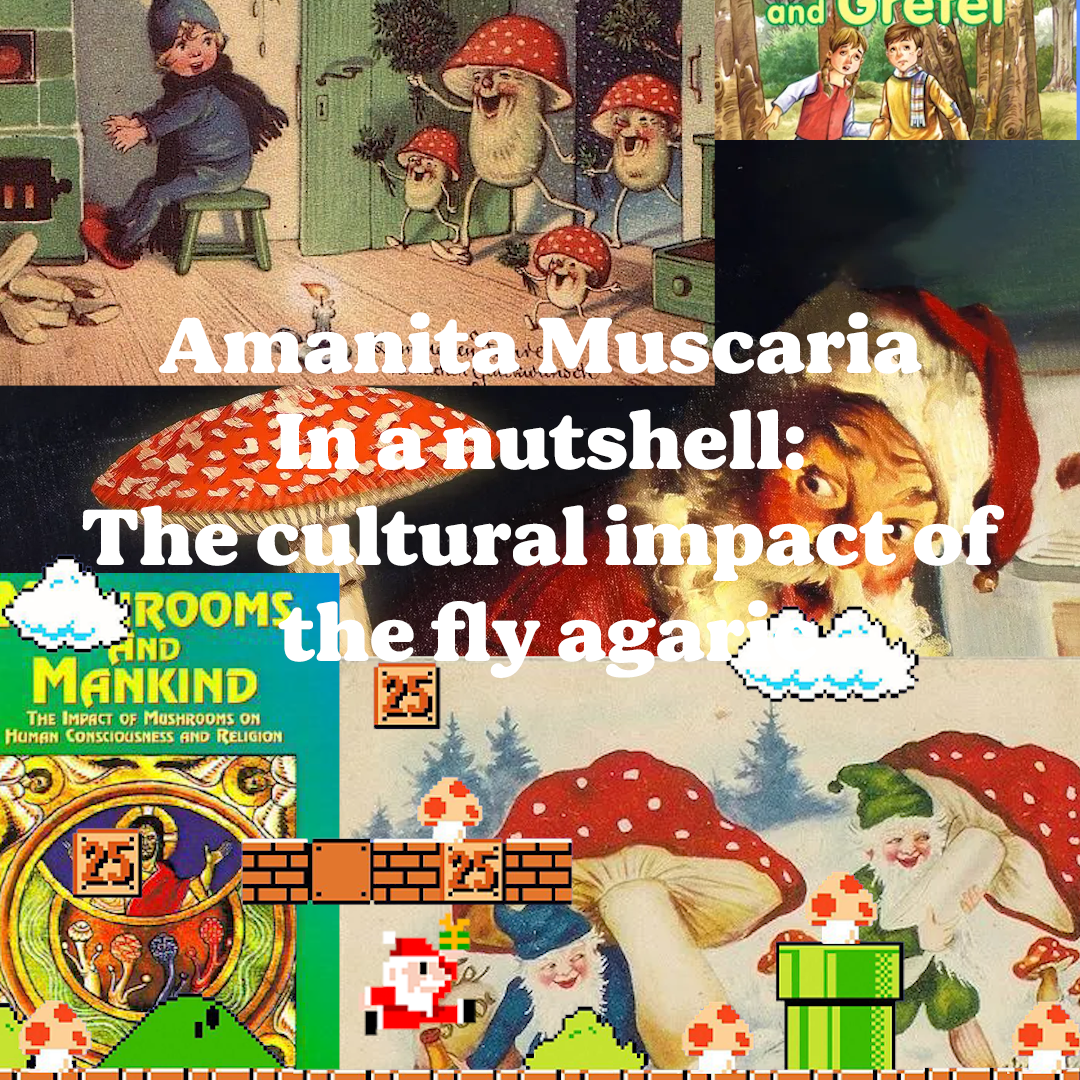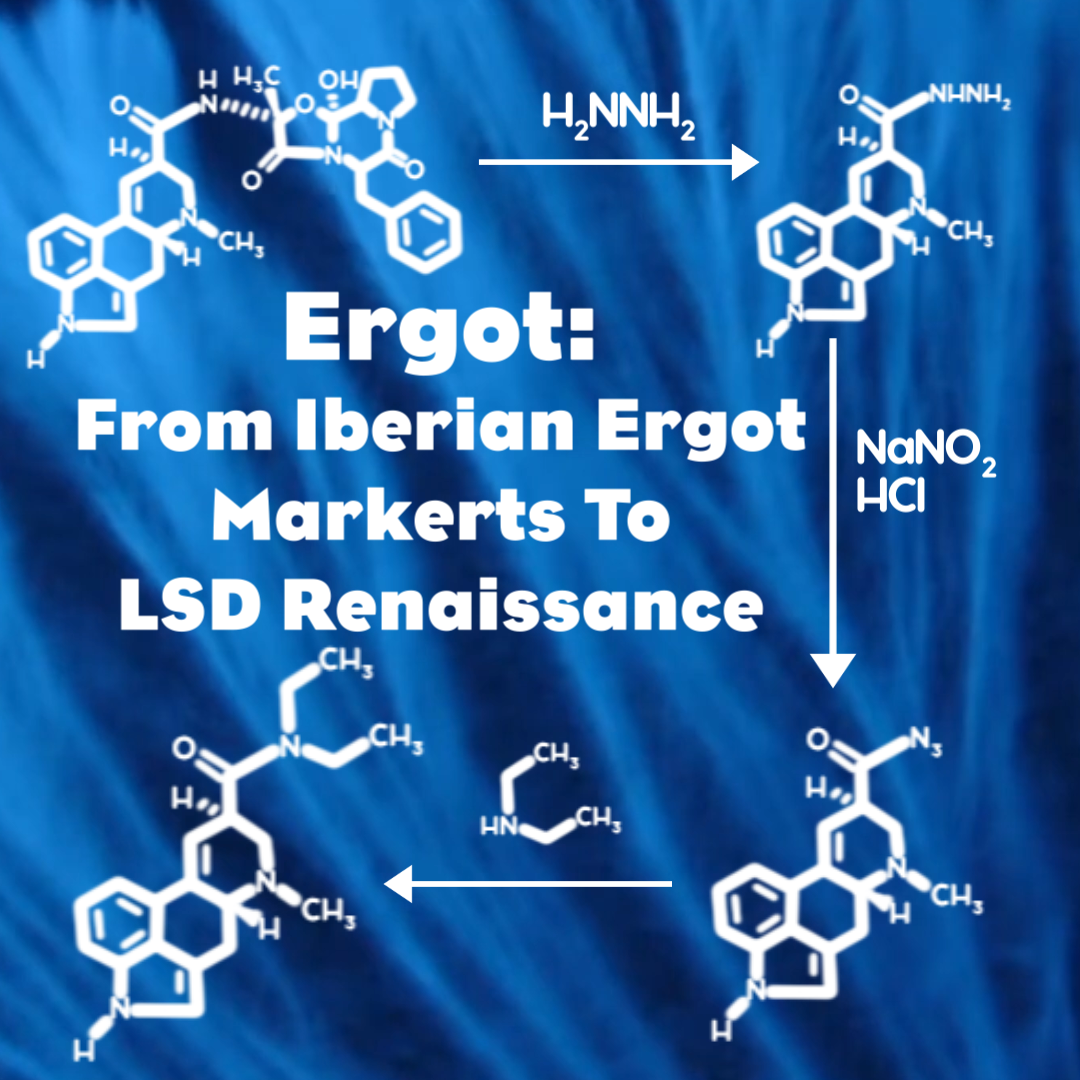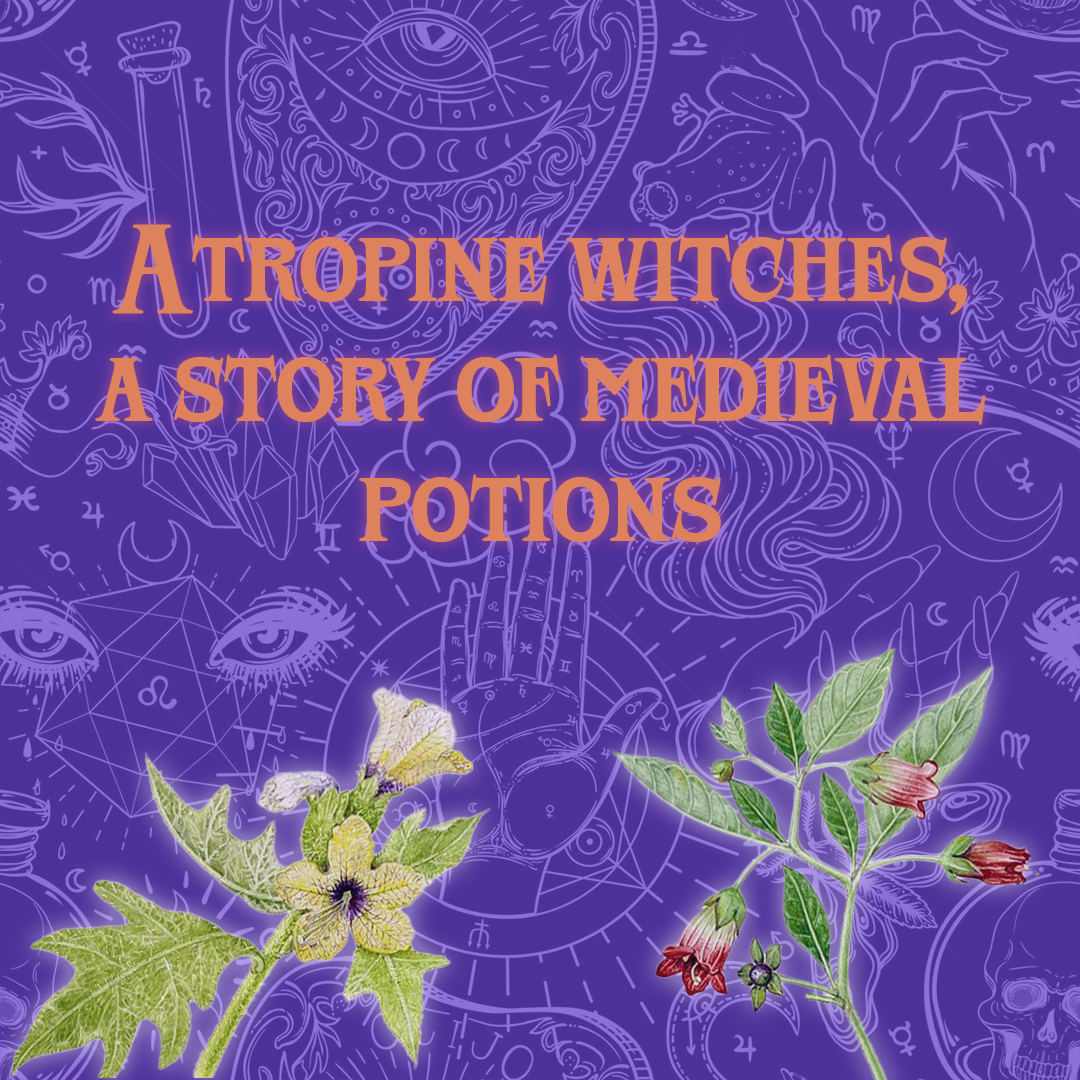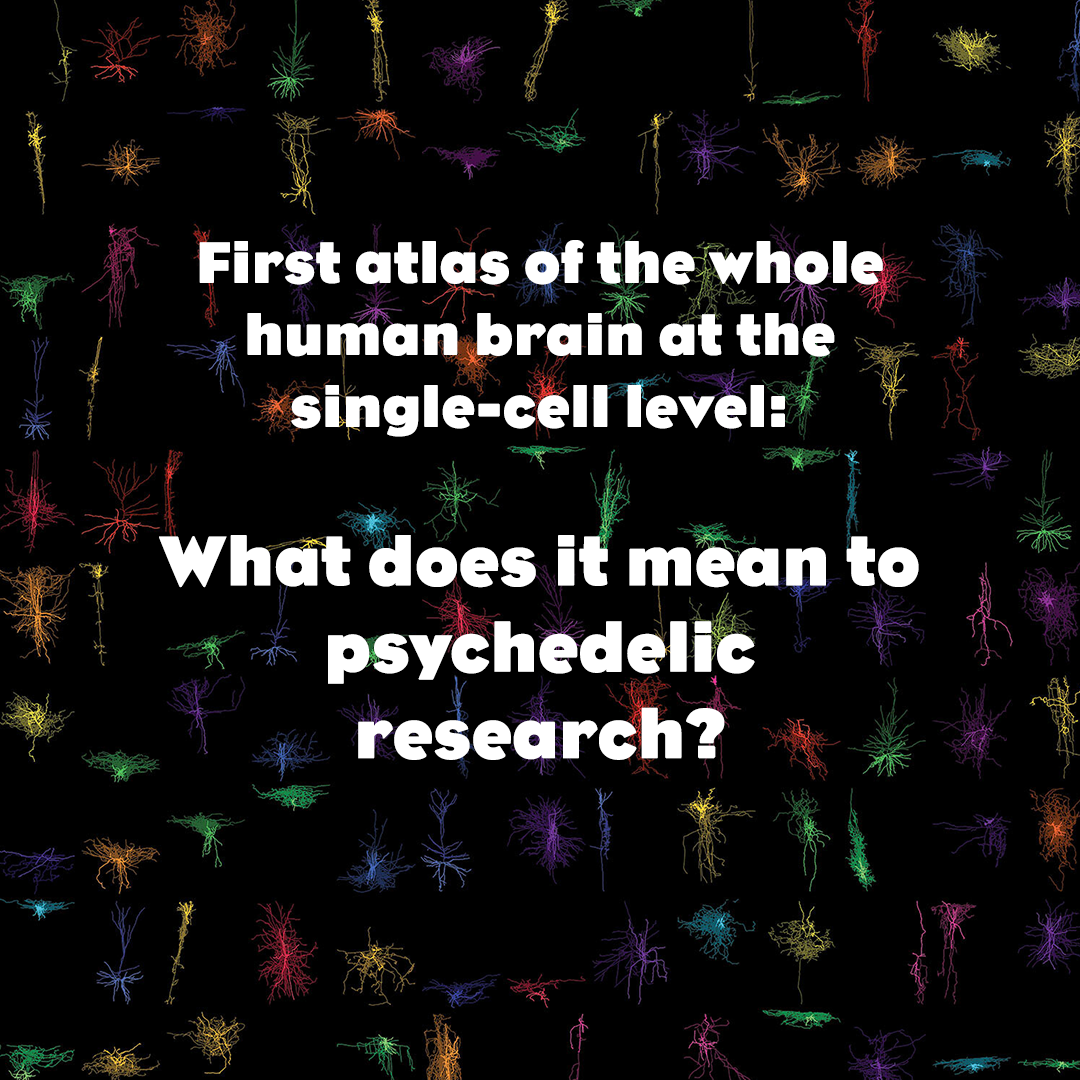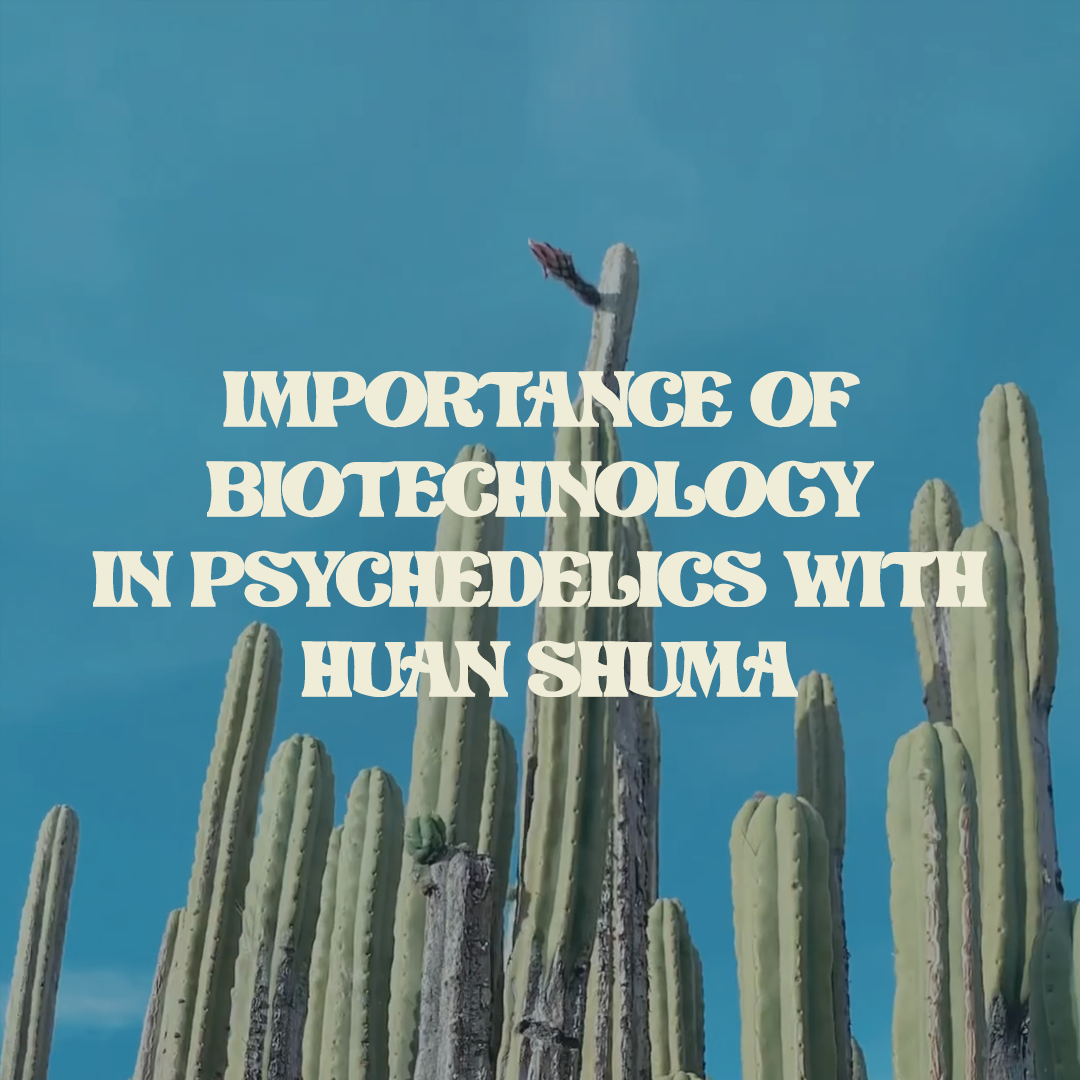Prehistoric Psilocybin
Ethnobotanicals are the most antique forms of psychedelic consumption, but for how long have they been around? We have proof of human and animal ingestion around 3,000 years ago, but could species before have also presented the existence of such species? A newly published study from the University of Utah and the Natural History Museum of Utah suggests that the Psilocybe genus could be around about 65 million years ago! Join us to uncover a hypothesis of why the genus started developing psilocybin and the first appearance of the fungi during prehistory.
Read More
Apollo Neuro Solution to Beat Stress, Achieve Better Sleep in World Sleep Day
Sleep is one of the most essential functions for the survival of every species. Unfortunately, the presence of social media, and the need for productivity lead to augmented stress, impacting our sleep schedules and quality of sleep. To fight stress, we often pick up habits such as smoking, drinking alcohol, overusing coffee breaks as an escape, using substances such as Cannabis, or even throwing ourselves into the microdosing quotidian. Despite the benefits of these compounds, plenty of these substances reduce the quality of sleep even further. For this reason, Apollo Neuro released its own Wearable. This wearable addresses the root of stress and anxiety, the nervous system. Apollo Neuro works as touch therapy by delivering gentle, soothing vibrations, called Apollo Vibes, like music your body can feel reducing stress and helping you relax to fall asleep.
Read More
Women Authors in Psychedelics: Celebrating Women’s History Month
Celebrate Women's History Month with us! Join us in honoring the incredible contributions of female authors in the realm of psychedelics. We're excited to showcase a diverse array of voices, each bringing unique perspectives, captivating stories, and groundbreaking research. Dive into the fascinating world of psychedelics with our curated selection of newly released books. From personal journeys to scientific exploration, these books offer profound insights and thought-provoking narratives that enrich your understanding of psychedelics and their potential. Support female writers and their invaluable contributions to the psychedelic discourse by adding these remarkable books to your collection.
Read More
Australia Leads Psychedelic Therapy Revolution with First MDMA Prescription
Last week, Australia just made history by making the first MDMA prescription. Dr. Ted Cassidy decided to prescribe MDMA to his patient, a female suffering from chronic, treatment-resistant PTSD. Dr. Cassidy claims that one session of MDMA was equivalent to one year of treatment. Join us to understand how MDMA can help treat mental illness, the previous history of MDMA psychotherapy, the influence of the Shulgins on various psychotherapists, and various other studies done in the era!
Read More
Alchemy: The primordial of chemistry
Have you ever wondered who on earth invented chemistry? You might have answered Antoine Lavoisier in your mind, but what concepts existed before those who invented modern chemistry, and what are the primordials of what we now call chemistry? To understand this, we dive into Ancient civilizations known for the origins of Alchemy, Mathematics, Geometry, and Medicine. We uncover the Hermetic philosophies and doctrines behind these civilizations, the reigning question of who was Hermes Trismegistus, and the origins of alchemy.
Read More
Amanita in a nutshell: The birth of Gaboxadol and pharmacological value of Amanita
After covering the cultural impact of Amanita Muscaria, we dive into the influence of the mushroom on the chemist Povl Krogsgaard-Larsen and the birth of Gaboxadol. How the mushroom became popularized as a recreational drug, how to find your dosage, the effects of Amanita Muscaria, and the potential of the mushroom as a therapeutic tool, as an anti-inflammatory and anti-cancer agent. We understand how Amanita Muscaria can be used to help with anxiety, autism, and panic disorder by looking up to the story of the YouTuber Amanita Dreamer. And how, despite the constant arguing about whether the mushroom is neurotoxic or not, Amanita Muscaria made its way into being a delicacy, being served as ice cream in France (including our recreation of the 1909 recipe) and pickled in Japan under the name BENI-TENGU-DAKE.
Read More
Amanita Muscaria In a nutshell: The cultural impact of the fly agaric
Fungi are all around the world, paving Earth through mycelial networks. Some fungi remain obscure due to their rare nature. Meanwhile, some became nurtured by our society and vividly present in our culture and traditions as well as a representative of the mushroom kingdom. We are talking about the unique and fascinating Amanita Muscaria. The historical use of Amanita still roams slightly on the mysterious side, as R. Gordon Wasson theorizes that the Soma drink mentioned in the Vedic Sanskrit hymn Rig Veda might be Amanita Muscaria. If this theory is correct, this would mean that the mushroom has been used for around 4000 years. Unfortunately, we still lack evidence, leaving us with the only historically accurate use of this mushroom amongst the Fino-Ungarians in Siberia. Amanita Muscaria would soon expand and become engrained in our culture until today, being present in children's books, playgrounds, cartoons, riddles, and video games. Amanita's cultural impact goes even beyond when Jonathan Ott linked this mushroom and Christmas, relating the red and white pattern of Amanita with the clothing pattern of Saint Nicholas (Santa Claus) and the flying reindeer with ingesting the reindeer urine after they had eaten the mushroom by tribes in Siberia....
Read More
Ergot: From Iberian Ergot Markets to LSD renaissance
Since the '60s, the word LSD has been amongst us quite frequently, especially nowadays, with traditional therapies being replaced by psychedelic retreats and micro-dosing. But where does exactly LSD come from? Is it purely synthetic, or does it come from nature? Believe it or not, it comes from a fungus widely known since 500 to 1500 CE, Ergot. This fungus works similarly to puffballs and carries ergot alkaloids. Funnily enough, when Albert Hofmann synthesized LSD, he wasn't trying to synthesize a psychedelic but trying to find more ergot alkaloids that historically have been used to speed up labor and control postpartum hemorrhage and as a treatment for patients with moderate to severe migraine. Unfortunately, things were much darker during the Medieval era. Ergot would infect rye and various kinds of cereal, and after consumption of the infected cereals, people would become ill with ergotism. Ergotism plagues were known as Saint Anthony's Fire for their mild effects. Often, people would experience convulsions, seizures, spasms, diarrhea, paresthesia, severe itching and burning sensation (hence, its nickname St. Anthony's fire), headaches, nausea and vomiting, and mental effects such as hallucinations, mania, and psychosis until their death. You might think, well, that is all over...
Read More
Cannabis and exercise
Cannabis has been a part of our society for ages. With the legalization of the plant in various states, the words Terpenes, Cannabinoids, and Cannabis have been louder than ever, raising questions about various topics, one of them exercise. Athletes and workout enthusiasts have recently entered the world of Cannabis to benefit from the muscle relaxation and pain relief effects of the plant. Unfortunately, to those who compete at a professional level, smoking is often not possible. So we might question ourselves, how can I consume Cannabis without smoking it? To figure out various forms of consumption of the plant and how Cannabis can help athletes or during exercise, tips on how to implement working out into your routine, and what CBD is, we spoke to the molecular biologist and weight-lifter Suat Neven.
Read More
Molecular Art with Dr. Mike McCormick (xtal_xlear)
Art usually focuses on physical objects, viewpoints, or even the imaginary, but how about what is invisible to the human eye and can only be seen at a molecular level? We spoke to the crystallographer Dr.Mike McCormick (@xtal_xlear) to understand more about his artwork and how portraying molecules in the form of art may cultivate interest in the fields of chemistry to the masses.
Read More
Atropine witches, a story of medieval potions
With the approach of the night of Halloween, we uncover what it meant to be a witch during the medieval era, why they were hunted down and burned, and the influence of Christianism in non-Christian cultures such as Mazatecs and Native Americans, Modern-day witches, and the fact you may be practicing witch rituals without knowing, botanical name codes for witches, what is inside a witch potion or brew, the use of Atropine, and Scopolamine in Medieval era and their pharmacological use today and their pharmacodynamics. We hope you enjoy your Halloween!
Read More
First atlas of the whole human brain at the single-cell level: What does it mean for Psychedelic Research?
On October 13, 2023, a team of researchers created the most extensive atlas of the human brain thus far, revealing more than 3,000 cell types, including many new to the scientific world. In the atlas, we can observe snapshots of the most complex organ known to man, the brain. But what does this atlas mean to psychedelic research?
Read More
Remembering Roland Griffiths
The heartbreaking news of Dr.Roland Griffiths's passing was given to the world yesterday, October 17th. Griffiths was diagnosed with Stage 4 metastatic colon cancer at 76. Despite his diagnosis to be terminal, he remained optimistic about existence. In an interview with the New York Times, he reminded us that we all are mortal quoting. "We all know that we’re terminal." Dr.Griffiths was an illustrious psychopharmacology professor at Johns Hopkins and spent decades studying the mechanism of mood-altering drugs. During his research, he published over 400 scientific papers on opiates and cocaine, sedatives and alcohol, and nicotine and caffeine.
Read More
DMT vs 5-MeO-DMT
With the popularization of terms such as "Toad Medicine" or "5-MeO", people began to wonder about the differences between DMT and 5-MeO-DMT. Generally, you might come across misinformation regarding the differences between the two. Because of its name, people believe that 5-MeO-DMT is just like DMT, and it all feels the same. "It's all DMT at the end of the day." For this reason, we decided to cover the differences between DMT and 5-MeO-DMT.
Read More
Importance of Biotechnology in psychedelics with Huan Shuma
Biotechnology has been a recurrent theme in the research of psychedelics. However, we don't hear much about its importance. To find out the impacts of Biotechnology not only in psychedelics but in the world, we spoke or Arthur Dempsey (chavin_herbalists), covering themes such as propagation of species, genetic banks of species, improvement of genetics, how he became the first seed producer of Argyreia in Brazil, the creation of his Rare plant and Trichocereus Seed Bank, how can we save the Amazon Rainforest and ancient teachings by the Brazilian indigenous communities. A Biotecnologia tem sido um tema recorrente na pesquisa dos psicodélicos. No entanto, não ouvimos muito sobre a sua importância. Para descobrir os impactos da Biotecnologia não apenas nos psicodélicos, mas no mundo, conversamos com Arthur Dempsey (chavin_herbalists), abordando temas como a propagação de espécies, bancos genéticos de espécies, melhoria genética, como ele se tornou o primeiro produtor de sementes de Argyreia no Brasil, a criação do seu Banco de Sementes de Plantas Raras e Trichocereus, como podemos salvar a Floresta Amazônica e os ensinamentos ancestrais das comunidades indígenas brasileiras.
Read More
